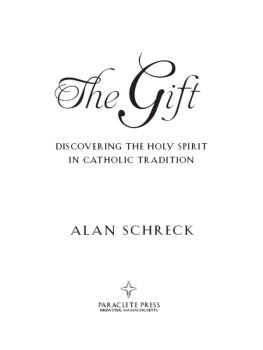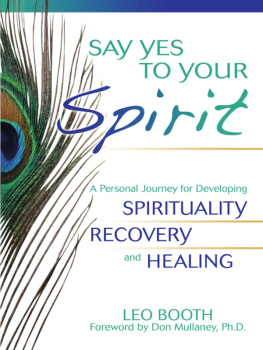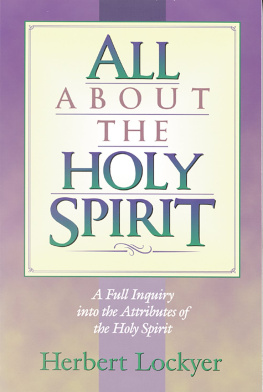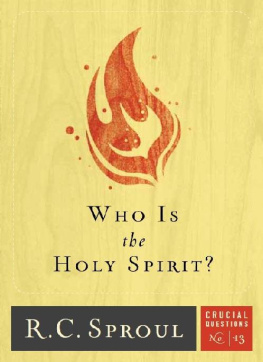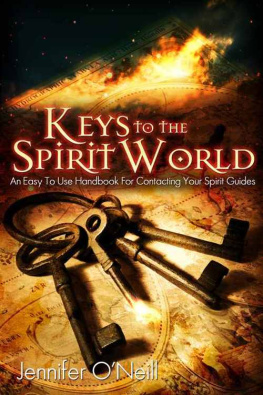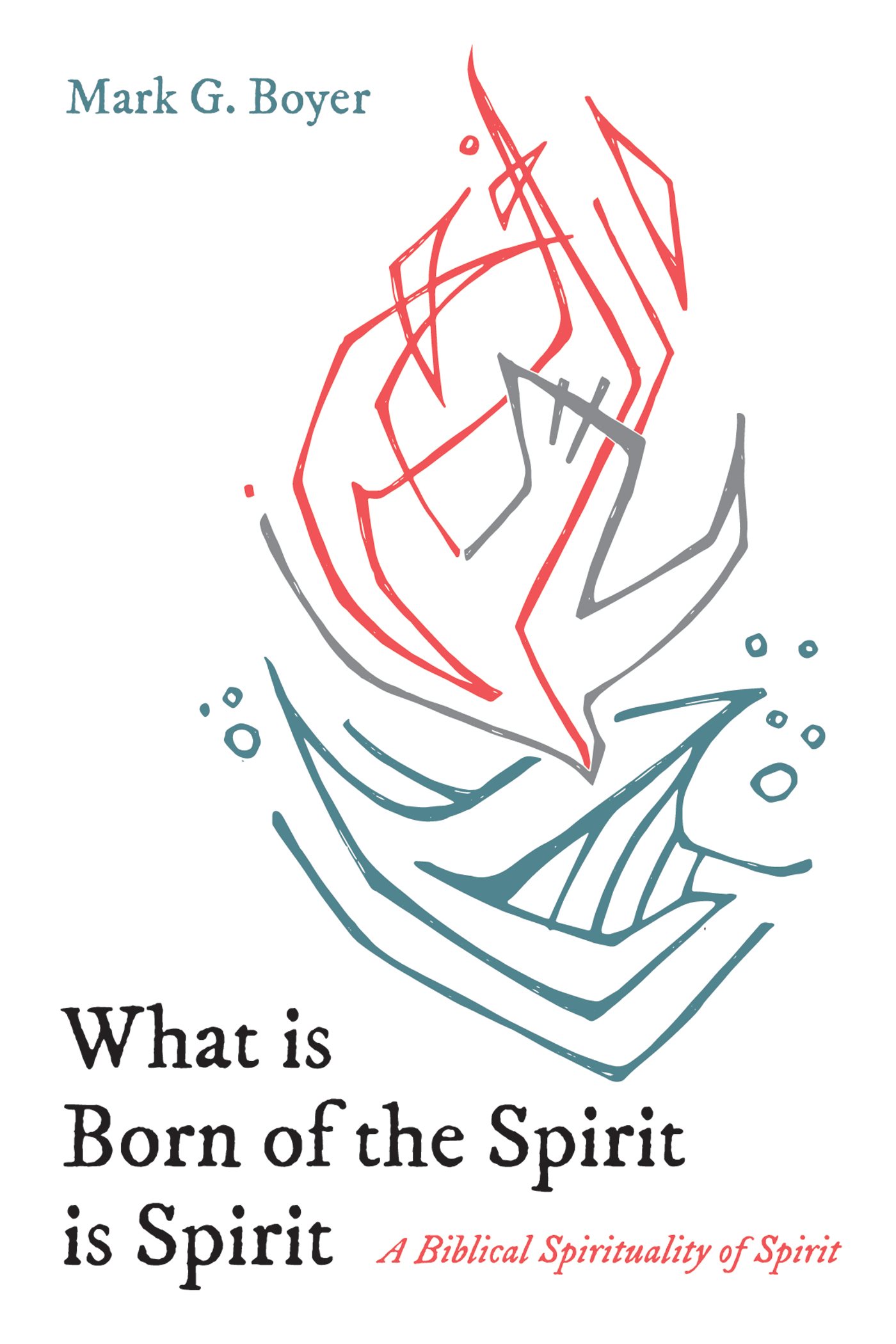Abbreviations
BCE = Before the Common Era (same as BC = Before Christ)
CB (NT) = Christian Bible (New Testament)
Acts = Acts of the Apostles
Col = Letter to the Colossians
Cor = First Letter of Paul to the Corinthians
Cor = Second Letter of Paul to the Corinthians
Eph = Letter to the Ephesians
Gal = Letter of Paul to the Galatians
Heb = Letter to the Hebrews
Jas = Letter of James
John = Johns Gospel
John = First Letter of John
Jude = Letter of Jude
Luke = Lukes Gospel
Mark = Marks Gospel
Matt = Matthews Gospel
Pet = First Letter of Peter
Pet = Second Letter of Peter
Phil = Letter of Paul to the Philippians
Phlm = Letter of Paul to Philemon
Rev = Revelation
Rom = Letter of Paul to the Romans
Thess = First Letter of Paul to the Thessalonians
Thess = Second Letter to the Thessalonians
Tim = First Letter to Timothy
Tim = Second Letter to Timothy
Titus = Letter to Titus
CCC = Catechism of the Catholic Church
CE = Common Era (same as AD = Anno Domini , in the year of the Lord)
cf. = confer, compare
HB (OT) = Hebrew Bible (Old Testament)
Chr = First Book of Chronicles
Chr = Second Book of Chronicles
Dan = Daniel
Deut = Deuteronomy
Eccl = Ecclesiastes
Exod = Exodus
Ezek = Ezekiel
Ezra = Ezra
Gen = Genesis
Hab = Habakkuk
Hag = Haggai
Hos = Hosea
Isa = Isaiah
Jer = Jeremiah
Job = Job
Joel = Joel
Josh = Joshua
Judg = Judges
Kgs = First Book of Kings
Kgs = Second Book of Kings
Mal = Malachi
Mic = Micah
Neh = Nehemiah
Num = Numbers
Prov = Proverbs
Ps(s) = Psalm(s)
Sam = First Book of Samuel
Sam = Second Book of Samuel
Zech = Zechariah
NABRE = New American Bible Revised Edition
NRSV = New Revised Standard Version
OC = Order of Confirmation
OT (A) = Old Testament (Apocrypha)
Add Esth = Additions to Esther
Bar = Baruch
Esd = Second Book of Esdras
Jdt = Judith
Macc = First Book of Maccabees
Macc = Second Book of Maccabees
Macc = Fourth Book of Maccabees
Sg Three = Song of the Three Jews (Prayer of Azariah)
Sir = Sirach (Ecclesiasticus)
Tob = Tobit
Wis = Wisdom (of Solomon)
par. = paragraph
pars. = paragraphs
RM = The Roman Missal
Notes on the Bible
T he Bible is divided into two parts: The Hebrew Bible (Old Testament) and the Christian Bible (New Testament). The Hebrew Bible consists of thirty-nine named books, written roughly between 1200 and BCE, accepted by Jews and Protestants as Holy Scripture. The Old Testament also contains those thirty-nine books plus seven to fifteen more named books or parts of books called the Apocrypha or the Deuterocanonical Books; the Old Testament is accepted by Catholics and several other Christian denominations as Holy Scripture. The Christian Bible, consisting of twenty-seven named books, written between and CE, is also called the New Testament; it is accepted by Christians as Holy Scripture. Thus, in this work:
Hebrew Bible (Old Testament), abbreviated HB (OT), indicates that a book is found both in the Hebrew Bible and the Old Testament;
Old Testament (Apocrypha), abbreviated OT (A), indicates that a book is found only in the Old Testament Apocrypha and not in the Hebrew Bible;
and Christian Bible (New Testament), abbreviated CB (NT), indicates that a book is found only in the Christian Bible or New Testament.
In notating biblical texts, the first number refers to the chapter in the book, and the second number refers to the verse within the chapter. Thus, HB (OT) Isa : means that the quotation comes from Isaiah, chapter , verse . OT (A) Sirach : means that the quotation comes from Sirach, chapter , verse . CB (NT) Mark : means that the quotation comes from Marks Gospel, chapter , verse . When more than one sentence appears in a verse, the letters a, b, c, etc. indicate the sentence being referenced in the verse. Thus, HB (OT) Kgs :a means that the quotation comes from the Second Book of Kings, chapter , verse , sentence . Also, poetry, such as the Psalms and sections of Judith, Proverbs, and Isaiah, may be noted using the letters a, b, c, etc. to indicate the lines being used. Thus, Psalm :a refers to the first line of verse of Psalm ; there are two more lines of verse : b and c.
In the HB (OT) and the OT (A), the reader often sees LORD (note all capital letters). Because Gods name (Yahweh or YHWH, referred to as the Tetragrammaton) is not to be pronounced, the name Adonai (meaning Lord ) is substituted for Yahweh when a biblical text is read. When a biblical text is translated and printed, LORD (cf. Gen :) is used to alert the reader to what the text actually states: Yahweh. Furthermore, when the biblical author writes Lord Yahweh, printers present Lord GOD (note all capital letters for GOD; cf. Gen :) to avoid the printed ambiguity of LORD LORD. When the reference is to Jesus, the word printed is Lord (note capital L and lower case letters; cf. Luke :). When writing about a lord (note all lower case letters (cf. Matt :) with servants, no capital L is used.
Presuppositions
The HB (OT) begins as stories passed on by word of mouth from one person to another. Sometime during the oral transmission stage, authors decide to collect the oral stories and write them. Because oral stories can be told in many different ways, biblical authors often retain what we have come to learn is the same basic story told in two different ways. A good example of this is the account of Noah, which represents the merger of two different stories into one in its present form. A change occurs immediately when oral stories are written. One does not tell a story the same way one writes a story. Repetition and correction occur in oral story-telling. Except for future emendations by copyists, single statements by characters and plot structure guides dominate written stories. Furthermore, in both oral and written story-telling, types or models are employed. In the CB (NT) Elizabeth becomes a type of Hannah, who is herself a type of Sarah. When orally narrating or writing a story, the teller or author consciously creates one character as a type of another in order to make the character and his or her words and actions intelligible to the hearer or reader.
In the CB (NT) the oldest gospel is Marks account of Jesus victory. The author of Matthews Gospel copied and shortened about eighty percent of Marks material into his book and then added other stories to make the work longer. The author of Lukes Gospel copied and shortened about fifty percent of Marks material into his orderly account and then added other stories to make the work much longer. Then, the author of Lukes Gospel wrote a second volumeThe Acts of the Apostleswhich compliments his first volume. Marks Gospel begins as oral story-telling, lasting for about forty years in that form. An unidentified author, called Mark for the sake of convenience, collects the oral stories, sets a plot, and writes the first gospel around CE. Because Jesus was expected to return soon, no one had thought about recording what he had said and done until Mark came along and realized that he was not returning as quickly as had been thought. About ten years after Mark finished his gospel, Matthew needed to adopt Marks narrativeoriginally intended for a peasant Gentile readershipto a Jewish audience. And about twenty years after Mark finished his gospel, Luke needed to adapt Marks poor Gentile-intended work for a rich, upper class, urban, Gentile readership. The author of Lukes Gospel also needed to present the activity of the leaders of the church while all waited the not-so-imminent return of Jesus. The author of Johns Gospel did not know the existence of the other three works collectively named synoptic gospels.


